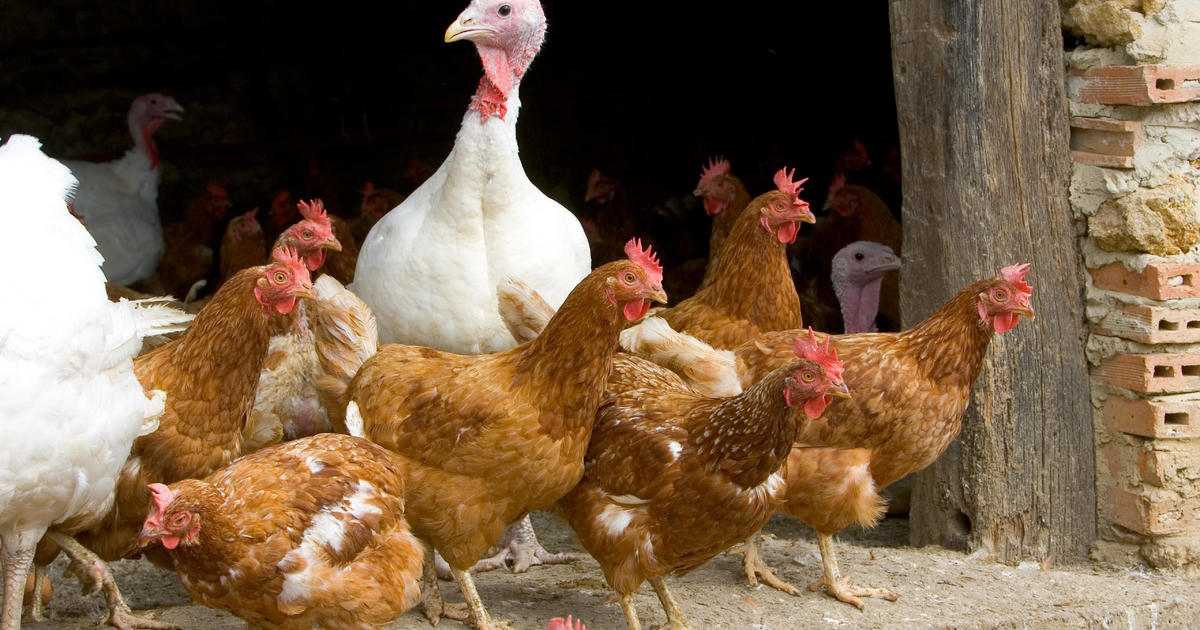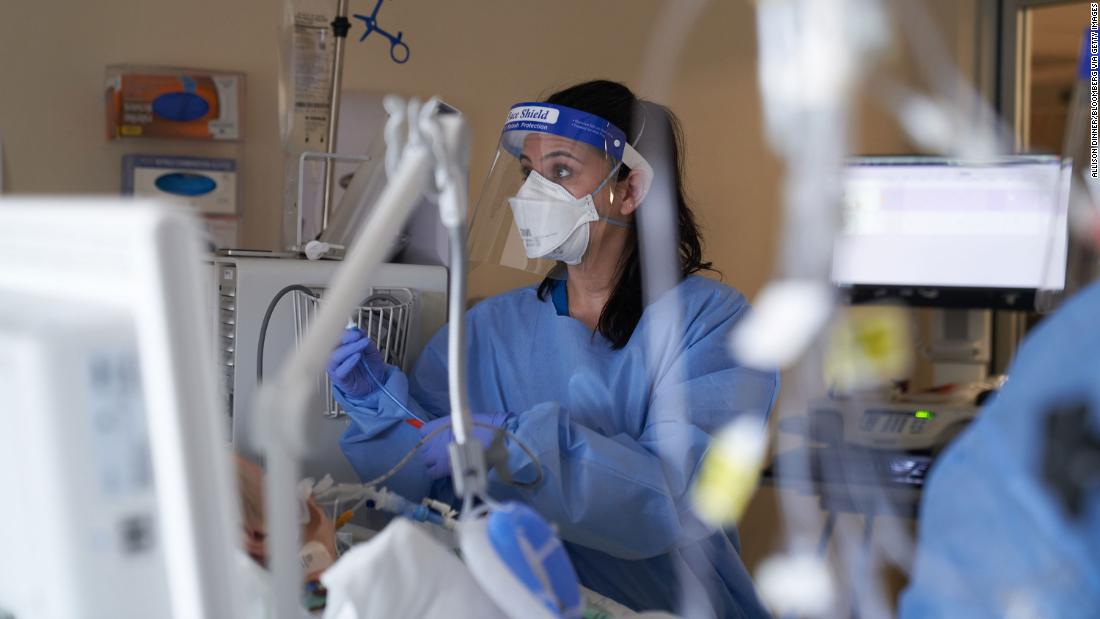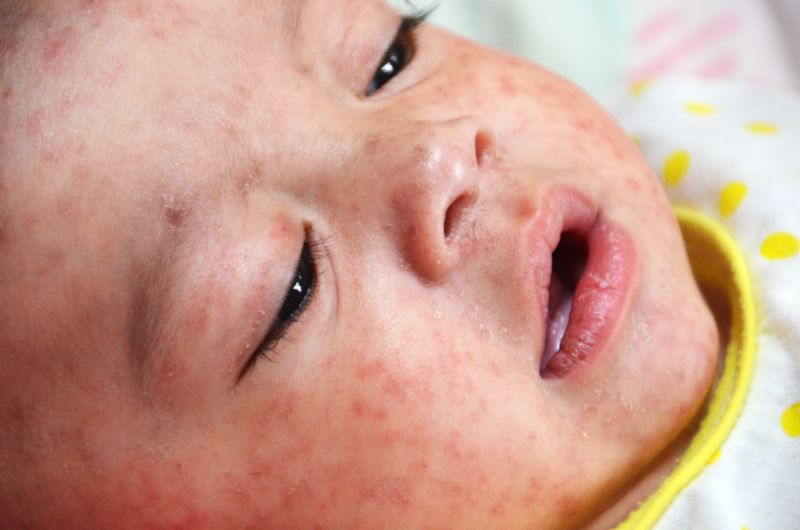
Pfizer and BioNTech's two-dose Covid vaccine provided very little protection for children aged 5 to 11 during the wave of omicron infection in New York, according to a study published Monday.
The New York State Department of Health found that the effectiveness of Pfizer's vaccine against Covid infection plummeted from 68% to 12% for kids in that age group during the omicron surge from Dec. 13 through Jan 24. Protection against hospitalization dropped from 100% to 48% during the same period.
The study has not yet undergone peer review, the academic gold standard. Due to the public health urgency of the pandemic, scientists have been publishing the results of their studies before such review.
The team of public health officials who conducted the study said the dramatic drop in vaccine effectiveness among children 5 to 11 years old was likely due to the lower dosage they received. Kids in this age group are given two 10-microgram shots, while children aged 12 to 17 receive 30-microgram shots.
The researchers also compared 11 and 12 year olds during the weekend ended Jan. 30. They found the vaccine effectiveness plunged to 11% for the low-dosage group but offered 67% protection to the group that received the higher dose.
"Given rapid loss of protection against infections, these results highlight the continued importance of layered protections, including mask wearing, for children to prevent infection and transmission," the public health officials wrote in the study.
For children aged 12 to 17 years old, vaccine effectiveness against infection dropped from 66% to 51% from December through the end of January. Protection against hospitalization dropped from 85% to 73% for teenagers during the same period.
The data comes as New York City plans to end its school mask mandate by March 7, with California doing the same four days later. State governments are easing mandates and restrictions as Covid infections decline dramatically after the omicron variant swept the nation in December and January
Covid infections are down 91% from a pandemic high in January. The U.S. reported a daily average of nearly 66,000 new infections on Sunday, compared to the more than 802,000 on Jan. 15, according to a CNBC analysis of data from Johns Hopkins University.
The U.S. suffered a spike in hospitalizations of children with Covid during the omicron wave. The Food and Drug Administration sought to fast track Pfizer's vaccine for kids aged six months through 4 years old this month in response to the number of children hospitalized with Covid.
However, the FDA and Pfizer decided to put those plans on hold after data on the first two doses did not meet expectations. The FDA is now waiting to see clinical trial data on a third dose for the youngest kids, which is expected in April.
COVID-19 - Latest - Google News
March 01, 2022 at 05:36AM
https://ift.tt/iwdWAt7
Pfizer Covid vaccine was just 12% effective against omicron in kids 5 to 11, study finds - CNBC
COVID-19 - Latest - Google News
https://ift.tt/5We1dEG














